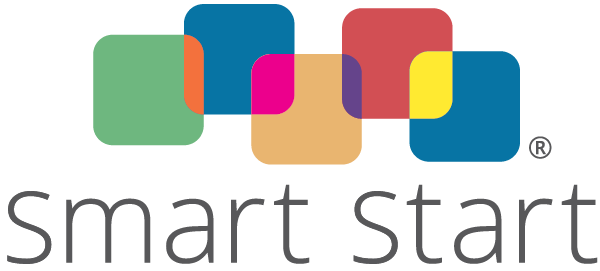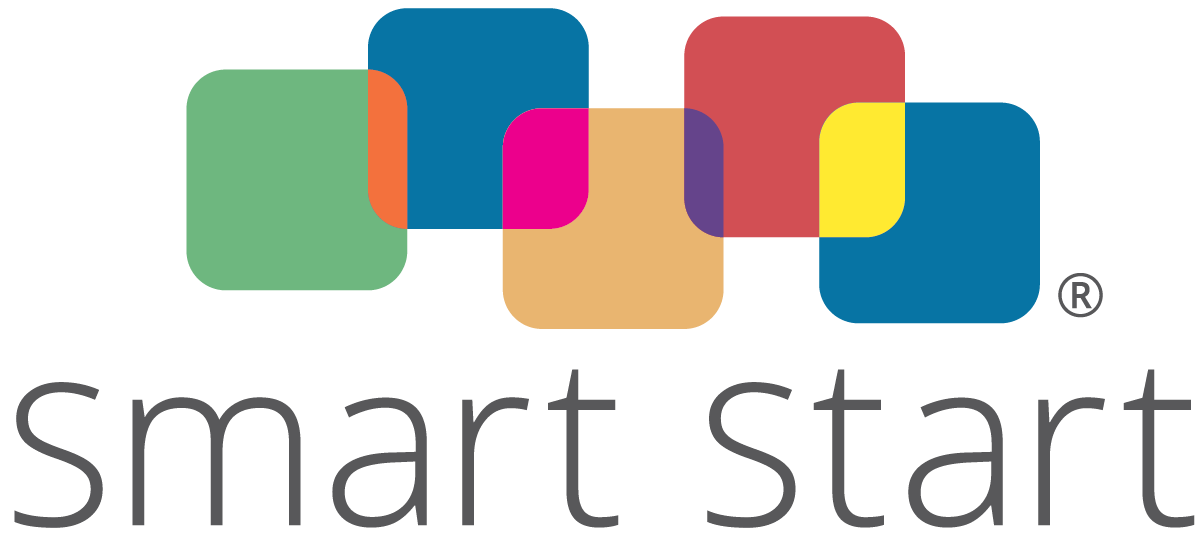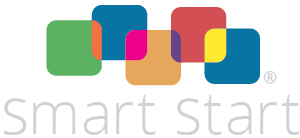System Components, Action Items, and Resources
Inspired by Head Start and included in the NC Family Engagement and Leadership Framework, the following system components are areas of strategic focus where we can take action to create change that expands the roles families have in birth-to-5 programs and systems. Each Early Adopter Local Partnership considered these seven system components as their local coalitions developed strategies within their action plans. These action items are either family-centered or family-led strategies and model the “nothing about families, without families” agenda at the heart of this work. In this section, you will find strategies taken directly from the action plans of Early Adopter Local Partnerships, and the videos capture the journey of engaging families and cross-sector coalitions.



